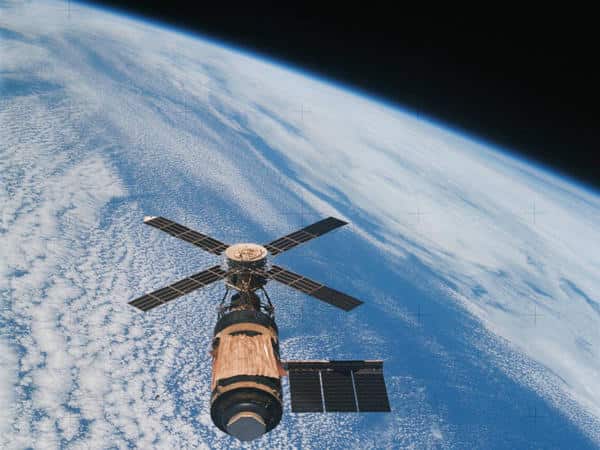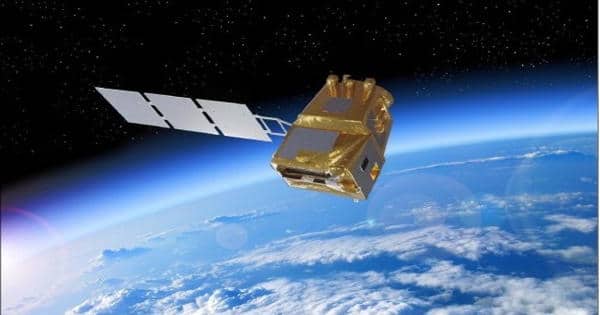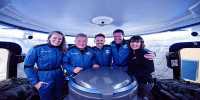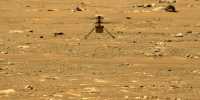Scientists have discovered a number of key factors that influence the number of bounces a skipping stone will experience when it hits the water. The research included theoretical modeling and an experimental setup that used a model stone to collect data in real time and allowed a motor to apply a controlled spin to the disk prior to launch. The researchers discovered that vertical acceleration and spin direction have an effect on the outcome.
Skipping stones on a body of water is an age-old game, but understanding the physics involved is critical for more serious matters, such as water landings upon reentry of spaceflight vehicles or aircrafts.
Scientists reveal several key factors that influence the number of bounces a skipping stone or landing aircraft will undergo when hitting the water.
Scientists from several Chinese universities reveal several key factors that influence the number of bounces a skipping stone or landing aircraft will experience when hitting the water in Physics of Fluids, published by AIP Publishing.
The study included theoretical modeling as well as a simple experimental setup that used a model stone to collect data in real-time. The researchers substituted an aluminum disk for the stone and devised a launching mechanism that used a puff of air from a compressor to control the speed at which the disk traveled toward the water.
Previous research had established that spinning the stone is essential in causing it to skip or bounce, so the experimental setup included a motor that applied a controlled spin to the disk prior to launch. Furthermore, the disk was encased in a nylon cap that housed an inertial navigation module that measured data in flight and transmitted it to a computer via Bluetooth.

After the disk collided with the water surface, the researchers observed two types of motions: bouncing and surfing. In the latter, the disk skims across the surface of the water, never bouncing. The vertical acceleration is an important factor in determining whether the disk can bounce. The disk bounces when this acceleration exceeds four times the acceleration due to gravity, g. Surfing was observed when it was slightly smaller, 3.8 g.
“We consider the surfing phenomenon to be a critical form of bouncing, with 3.8 g serving as the critical bounce boundary,” author Kun Zhao explained. 3.05 g was discovered to be the minimum value at which the stone has the potential to skip.
The scientists also discovered that the direction in which the disk or stone is spun influences its trajectory as well as its attitude or pitch, which is the angle between the water surface and the direction of flight. “Our findings show that the main effect of spinning is to stabilize the attitude during the collision via the gyro effect,” Zhao explained.
Spinning also shifted the disk’s trajectory in flight. A clockwise rotation shifted the trajectory to the right, while a counterclockwise rotation shifted it to the left. “Our findings open up new avenues for future research in aerospace and marine engineering,” Zhao said.
















